How To Get More Protein In Your Diet
Posted by Michael Vacanti
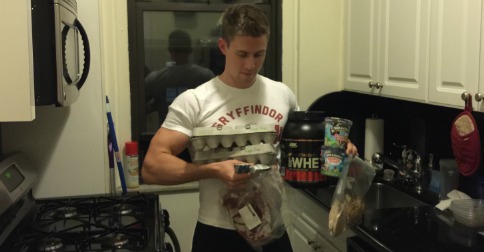
.
Note: this is not a short post. It will take you ~8-9 minutes to read.
You bought raw almonds and organic quinoa because some hipster doofus tossed them on his “top 7 protein sources,” click-baity, half-assed, blog post.
.
Hoping to lean out and drop some bodyfat, you got home and realized these foods were utterly useless in hitting your macros.
.
Now you’re here. Pissed. Hoping I can help you.
.
And I can.
The Unfortunate Truth
There aren’t THAT many high protein, low calorie foods. And there are even fewer that meet your preference for uberconvenient on-the-go ness.
Get this through your head. Accept it. Chia seeds and chick peas cannot be staple foods in your high protein calorie deficit.
Now, for those of you thinking “hey asshole on the internet, I can eat trail mix and turtle beans if I want! they aren’t bad for me!” you are absolutely right.
However, keeping protein relatively high and calories relatively low is a very effective way to lose bodyfat. This type of macronutrient distribution allows us retain lean body mass, keeps our stomachs feeling full for a longer period of time and burns a few extra calories via the digestive process.
So, the foods included on the list below are the ones that derive most of their calories from protein.
Grading System
Before we get started, a quick explanation of how we rate protein sources:
Cost: Protein is expensive. Which matters to most of us. Note that I am using New York City supermarket prices, so while there IS consistency within the items listed, your costs might be different.
Macros: Here, we judge the item based on it’s protein:calorie ratio. Said differently, LOTS of tag-along carbs/fat gets a bad grade whereas a protein source with very few carbs/fats gets a good grade.
Taste: Subjective, my opinion, feel free to ignore.
Satiety: How full does this protein source make you feel compared to the other options?
Convenience: I mean, your life really isn’t that busy and you could easily set aside 90 minutes, twice/week to cook stuff in advance. But you probably want some kind of super life hack for no prep protein which is why I included a convenience ranking.
Let’s get started, shall we.
Whey protein powder
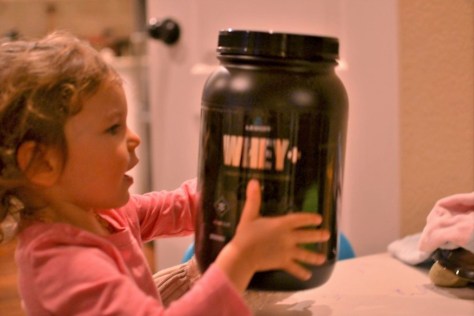
Legion Athletics makes the whey protein I like most. You can buy some here. Note: that is NOT an affiliate link because my soul is not separated into 7 horcruxes. I just like the product.
Cost: A
Macros: A
Taste: B
Satiety: D
Convenience: A
At $0.70 for 25g, protein powder is a tasty and convenient way to hit your protein goal for the day.
How much protein powder is too much?? I am often asked.
There isn’t a definitive answer. Eating real food is obviously good from a rational and social point of view. So, a shake-only diet makes little sense. But if you need to slam 100g or protein via powder while traveling in order to hit your macros, don’t sweat it.
Be sure to grab a powder that is low in fat and carbohydrates. A meal replacement shake or mass gainer will be pretty high in all three macros. Something with appx 25g of protein, 3g of carbs and 0-1g of fat per serving is good, like the Whey pictured above.
Whole egg
Cost: B+ $0.96/25g protein / cage free = $1.30
Macros: C
Taste: A
Satiety: B
Convenience: B
I won’t spam you with more “are eggs healthy??” boredom.
(answer: it depends, and probably)
Whole eggs dominate their leaner brother, the egg white, in both taste and cost. However, they carry an additional 5g of dietary fat.
Yolk of a whole egg: 2.7p, 4.5f, ~0c
White of a whole egg: 3.4p, ~0f, ~0c
If you’re looking to save some cash or burn some of your daily fat intake, whole eggs are a great option. However, if taste is a non-factor and you are all about protein and abs, then egg whites are best.
Egg whites
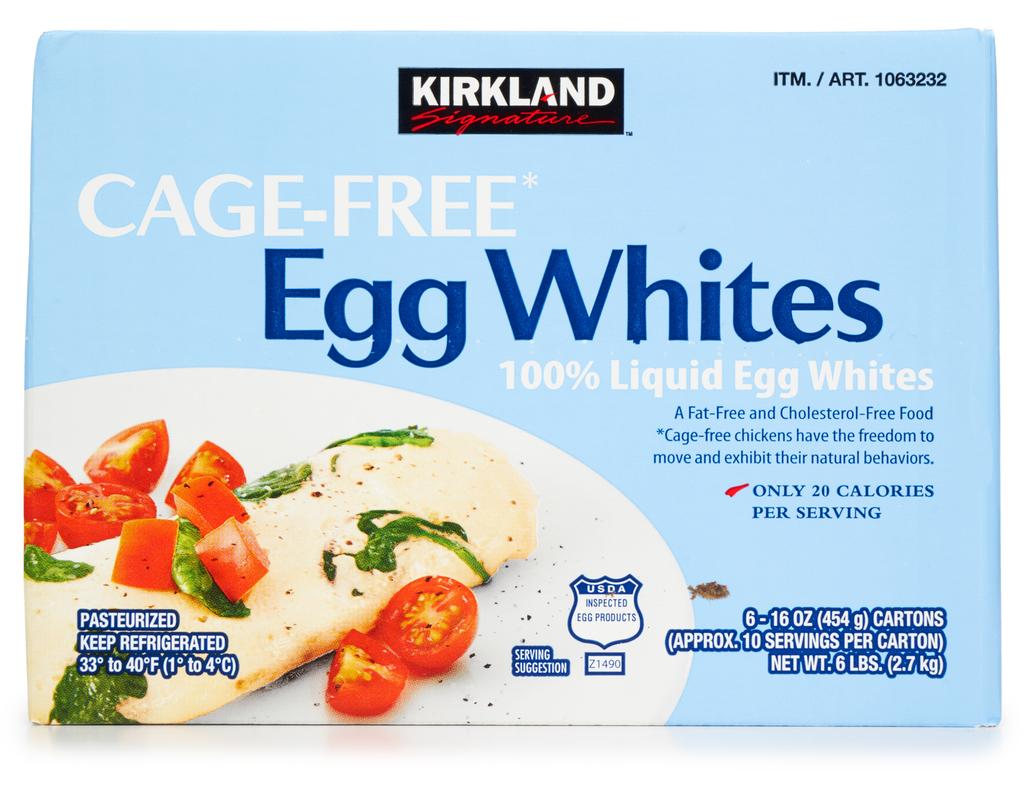
Cost: C
Macros: A
Taste: C
Satiety: B
Convenience: B
We covered this, for the most part.
Note that when you toss the yolk, you are losing close to 3g of protein that you paid for, thus making egg whites more expensive per gram of protein.
More price info:
Factory Farmed (removing yolk): $1:80/25g of protein
Cage Free (removing yolk): $2.43/25g of protein
Buying Egg Whites by the Carton: $1.85/25g of protein
Chicken breast
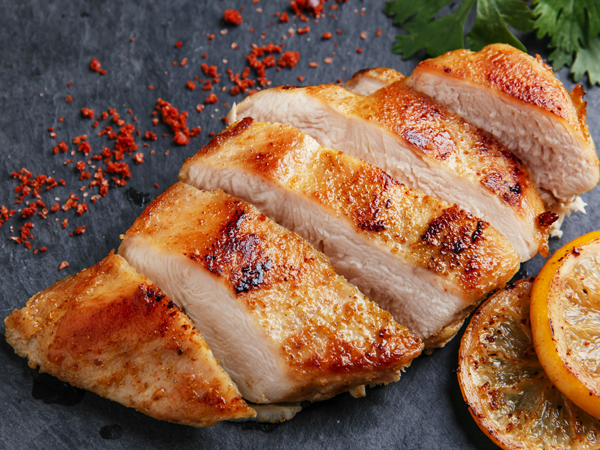
Cost: $1.00/25g, $3.00+/25g for organic
Macros: A
Taste: B
Satiety: A
Convenience: C
The mother of all lean protein sources, chicken breast.
Its dryness can fatigue the jaw. Not great for maximizing life experience. But a good option if overeating is a problem for you (try to binge on dry chicken, I dare you). You can really torture yourself eating it slightly overcooked and unmarinated.
The thigh and wing are also options, though both much higher in dietary fat than the breast.
Ground beef

Cost: B $1.00-$2.75 / 25g depending on how lean the cut, grass fed or not, etc
Macros: B
Taste: B
Satiety: B
Convenience: C
B-but red meat is unhealthy! Cholesterol! Saturated fat!
Untrue, as we know. Dietary cholesterol does not increase blood cholesterol while in a calorie deficit. And saturated fat fulfills many positive functions. Red meat is good to go.
However, a high protein/low fat day of eating could make ground beef a macro nightmare. Buying super lean ground beef is an option, but that can become a cost issue for a lot of people.
Not to fear.
Check out this strategy for reducing dietary fat in cheaper/fattier cuts of ground beef.
VIDEO – cheap ground beef magically turns to expensive ground beef – and I vainly and intentionally and unsanitarily wear no shirt:
Steak
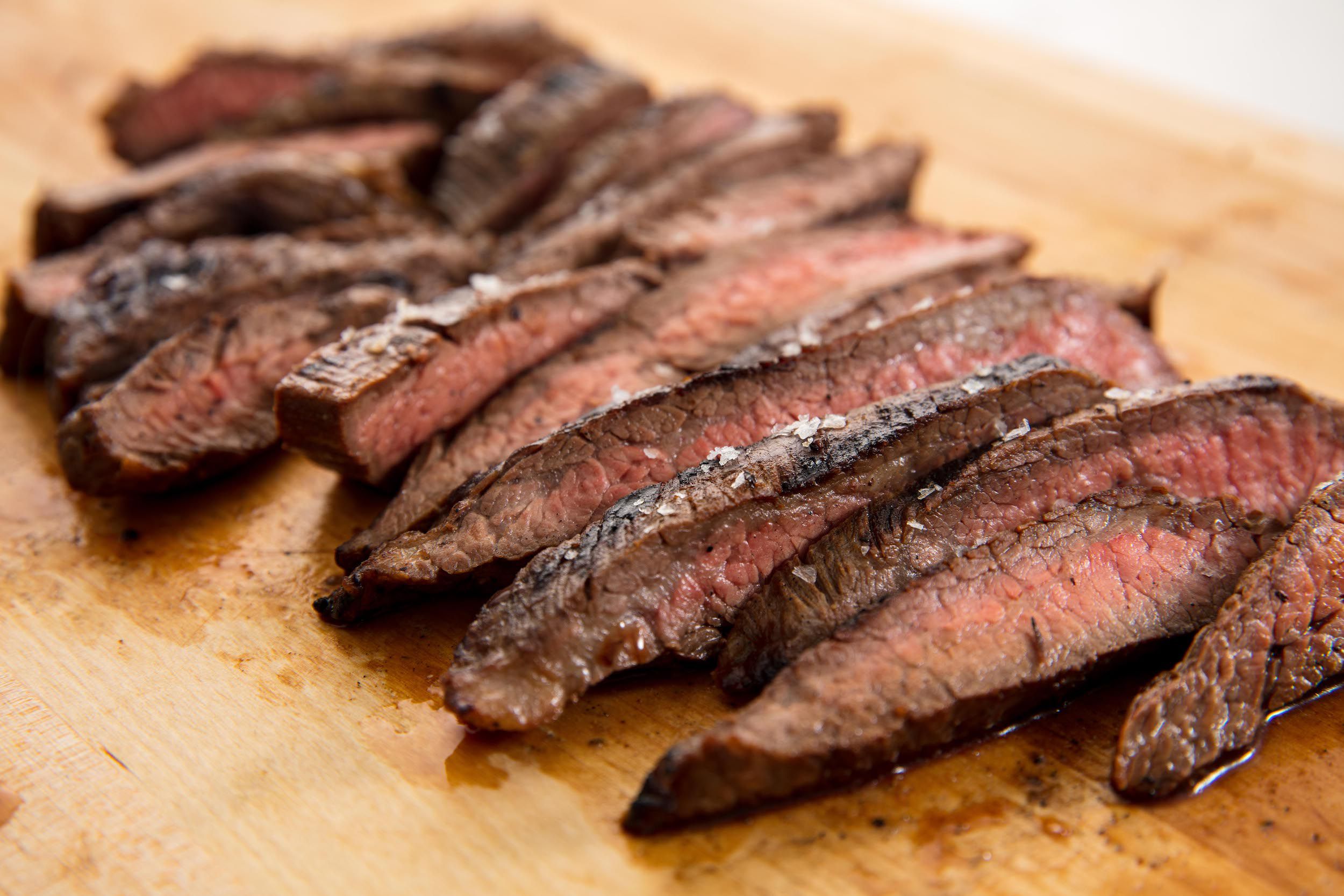
Cost: C/D varies hugely
Macros: B/C
Taste: A
Satiety: B
Convenience: B
Ah, sweet succulent grilled steak.
You can really do no wrong. I know some of your cuts are fatty. And I know you’re a little expensive. But you just taste so damn good that I can’t help but fit you in my macros at all costs.
That’s it, that’s all I got.
Casein protein powder
Cost: B+ $1.00 / 25g
Macros: A
Taste: B+
Satiety: A
Convenience: A
Popularized by the bodybuilding community to prevent “losing your gains” during sleep, casein and whey differ in the speed at which we digest them.
Now, does speed of digestion matter for your fat loss/muscle gain? Probably not.
Will you go catabolic at night if you don’t have your bedtime casein shake? No.
There are a few benefits though. Casein makes a great thickening agent in protein pudding/ice cream. It also keeps you feeling full for a longer period of time than whey, thus making it a great travel snack if you have long gaps between meals. And personally, I think it tastes better than whey.
Shellfish
Cost: C
Macros: A
Taste: A
Satiety: B
Convenience: B
These tasty sea creatures are super lean, for the most part. Shrimp, scallops, lobster, mussels and crab are all delicious, macro-friendly options.
And while there are are a few options that miss the bill (oysters are super fatty, while sea urchin is only moderately lean and a little too out there for me), the bulk of these options will add macro-friendly variety to your chicken and whey diet if you can afford them.
Lean fish
Cost: C
Macros: A
Taste: B
Satiety: B
Convenience: C
Most fish are lean, so it doesn’t make sense to list them all. Tuna, cod, bass, octopus, mahi mahi, haddock, walleye and pretty much any fish that is not listed below as a “fatty fish.”
Preparation method is obviously important here. Ideally, go with something grilled, broiled, roasted or any method that does not involve lathering your fillet in butter or oil. Like a blackened or fried fish, for example.
Unless grandma is making breaded, deep-fried shore lunch in which case I would tell you to chill out and enjoy yourself for an afternoon.
Fatty fish
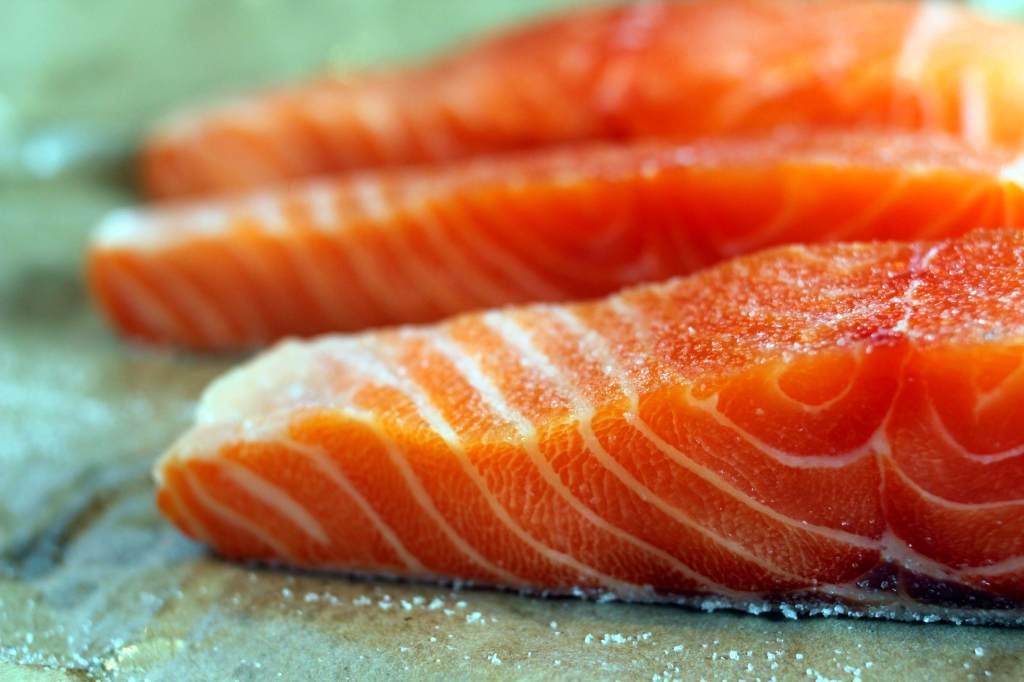 Cost: C
Cost: C
Macros: B
Taste: A
Satiety: B
Convenience: C
Salmon is the big daddy that comes to mind, mainly due to it’s high concentration of omega-3s , but mackerel, catfish, herring and sardines are other players in the fatty fish game.
Fun Fact that many of you bagel and lox lovers don’t know: Smoked salmon is actually quite a bit fattier (11g protein, 9g fat) than regular salmon (21g protein, 9g fat).
Greek yogurt
Cost: B
Macros: B
Taste: C
Satiety: B
Convenience: B
First, I’m not going to hear any of your anti-dairy nonsense.
Yes, some people have digestive issues with dairy. If you are one of those people, you should probably limit dairy intake. But for the rest of us, dairy can be an excellent source of protein.
Be careful which greek yogurt you choose as their macros can vary greatly. For example, unflavored Fage (23p, 9c, 0f = 128 calories) is a much better protein source than flavored Chobani (13p, 21c, 0f = 140 calories).
Though, you might need a little sweetener, honey or fruit to spruce up the drywall taste of any plain, high protein yogurt.
Fage plain large container: $1.95 / 25g protein
Chobani single serving: $2.92 / 25g protein
Cottage cheese
I was going to post a photo stock picture of cottage cheese, but it just seemed really unnecessary and aesthetically unappealing.
Cost: B ($1.92/25g)
Macros: C
Taste: C
Satiety: B
Convenience: B
You can buy this stuff fat-free and have the macros in a decent place (13p, 6c, 0f per serving), but you are obviously sacrificing taste.
While this isn’t a perfect protein source, and suboptimal for your 10pm “shit, I need 42g of protein but I’m out of carbs AND fat,” it will serve as some nice variety from chicken breast and shakes.
Milk
Cost: A $0.81 / 25g protein
Macros: C
Taste: C
Satiety: C
Convenience: B
Again, fat content varies based on what type of milk you prefer. So, our protein:calorie ratio is somewhere between okay and not very good.
I find skim milk to work really well on training days where its higher carb content (9p, 13c, 0f) generally fits your macros. If you are wondering why training day carbs might be higher, watch this video.
Game meats

Pictured above (right): my best friend barre, who let me coach him after his pro football career ended. A teddy bear, but dripping with rugged masculinity. Obligatory shirtless pic of barre: here
Cost: C
Macros: B
Taste: A
Satiety: B
Convenience: C
In general, game meats are unique and taste good.
They vary in leanness. For example, bison is almost as lean as chicken breast. Whereas duck clocks in at 40g of fat per 27g of protein. And ground venison is going to fall somewhere in the middle depending on how it’s prepared.
I’ll be honest, I never got into hunting. I’m kind of a pussy. And a big believer in exercising my comparative advantages in life, which do not include me shooting animals with a gun for survival or sport.
But if you can save a few grams of fat in your day, I’ve never had a bison burger I didn’t like.
Deli meats
Cost: C
Macros: A
Taste: B
Satiety: B
Convenience: B+
1. Walk into party.
2. See meat tray pictured above.
3. High five yourself because you won. You get to hit your macros for the day on turkey, ham and your choice of alcohol.
Yes, deli meat is “processed,” obviously. It didn’t fall off the animal looking like that. Should it be your only source of protein? Of course not. Should you go nuts with this high sodium option if you have high blood pressure or another reason to avoid sodium? Of course not.
But in a pinch, lunch meat (and turkey especially) can save your ass big time.
Pork
Cost: B $1.40-$2.00 / 25g protein
Macros: C+
Taste: B
Satiety: B
Convenience: C
Pork chops and pork loin are actually excellent sources of protein.
Though are often overlooked. People associate the pig with bacon and its delicious, high fat trendiness in the low carb community. And I don’t disagree, bacon is delicious. But other parts of the pig can serve as awesome variety in your diet.
With 24g of protein and 9g of fat, the loin isn’t bad. A pork chop is a bit fattier at 24g of protein and 14g of fat per serving.
Protein bars
Cost: C ($2.00 – 4.00 / 25g protein)
Macros: C
Taste: B
Satiety: B
Convenience: A
Right off the bat I will say, I don’t love protein bars.
Their macros are generally mediocre. Cost isn’t amazing. And they don’t do a ton for satiety, mainly because most of them taste really good (oh, you are above binging on six quest bars in one sitting?).
Now, they are super convenient and can serve you well at times. Like, if you don’t want to be shaking 60g of whey into water while buried back in 26E and constantly requesting your flight attendant make a direct pour into your blender bottle.
If I had to pick a brand, these Met-RX prime bars and Quest bars are both pretty good.
Beef jerky
Cost: F $6.00 – 10.00 / 25g protein
Macros: B
Taste: B
Satiety: B
Convenience: A
A pillar in getting Garyvee lean, we wrap up the list with the greatest road trip food of all time.
Actually, that’s not true. Peanut butter M&Ms.
But beef jerky has slightly better macros.
And its convenience will save you eye rolls from annoyed friends when you spend five minutes fumbling over a dirty piece of paper (funnel), a 20 ounce mountain dew bottle and three scoops of Gold Standard whey, all while standing in the parking lot of a Texas gas station during a 36 hour road trip at six o’clock in the morning.
That’s it.
I’m sorry if I disappointed you with the lack of lightning bolt hacks to magically hit your protein target pain free. But planning and preparing is and always will be the key to hitting your macros.
FAQ
Mike, I’m a vegan, what about me?
So, clearly this list is unhelpful. If you were one of my coaching clients, I simply would not set your protein nearly as high. A moderate protein, low fat, moderate/high carb calorie deficit will work much better for you as there are very few vegan-friendly food options that derive their calories primarily from protein.
What about things like beans and nuts and KIND bars?
Look, they’re fine. You can eat them. They won’t hurt you. And you can get a bit of protein from these foods. But a majority of their calories from from either carbs or fat. So, while they HAVE protein, they are not good protein sources.
Where does protein quality fit into all this?
It doesn’t. There was no mention of biological value or chemical score or amino acid profile or net protein utilization. To be honest, all that stuff is minutiae. I’m not going to waste time on the 0.01%.
If you are getting adequate protein, say 0.7g per lb of lean body mass, it doesn’t really matter where it’s coming from. Basically, the more protein you eat, the less of an issue protein quality becomes.
Things that are much more relevant to your life: protein sources that are affordable, tasty, help you hit your macros and thus help allow you to look and feel better.
Dude, I read the whole article, but I’m not in a calorie deficit.
Not a question, technically, but if you are eating at maintenance or in a surplus and you can’t hit your protein target, something is wrong. Email me and we’ll figure it out (by clicking that link you will subscribe to my VIP newsletter, which is awesome, then have direct access to my personal email account).
Basically, your total protein intake will be highest in a deficit to prevent the loss of lean body mass. Further, you have fewer calories to work with to hit that protein goal.
So being at maintenance or in a surplus almost always means both fewer grams of protein and more calories to hit that protein number.
Do me a favor: if this article helped you, please email it to a friend right now. That would be so huge for me, I truly can’t thank you enough -Mike
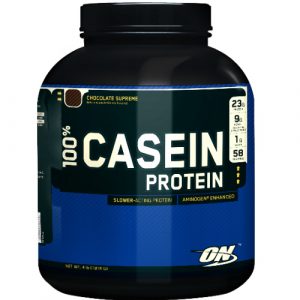
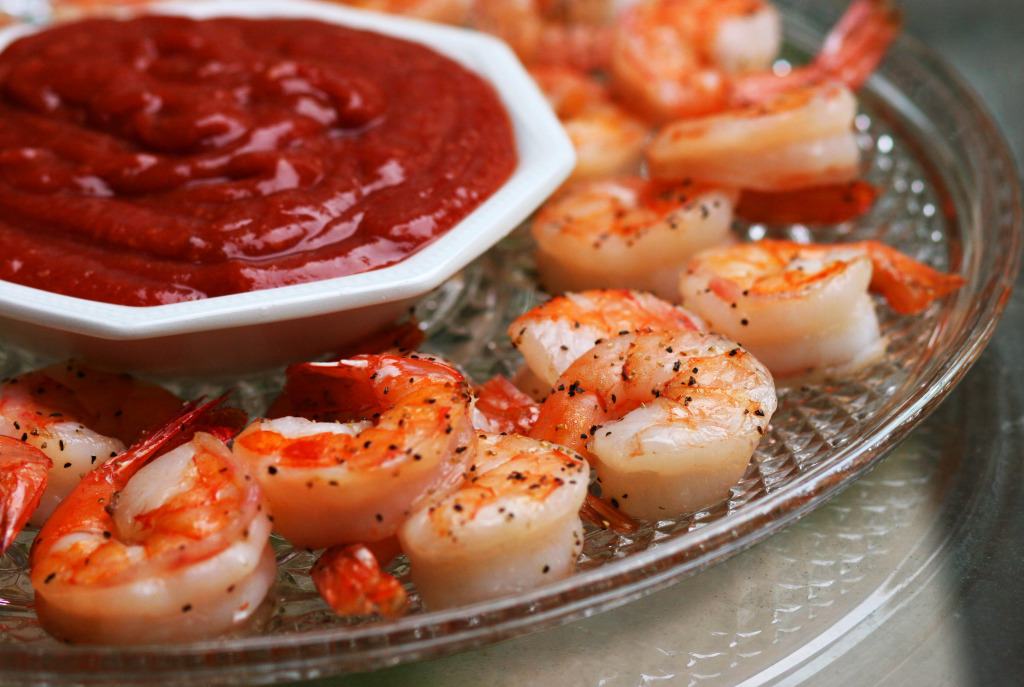


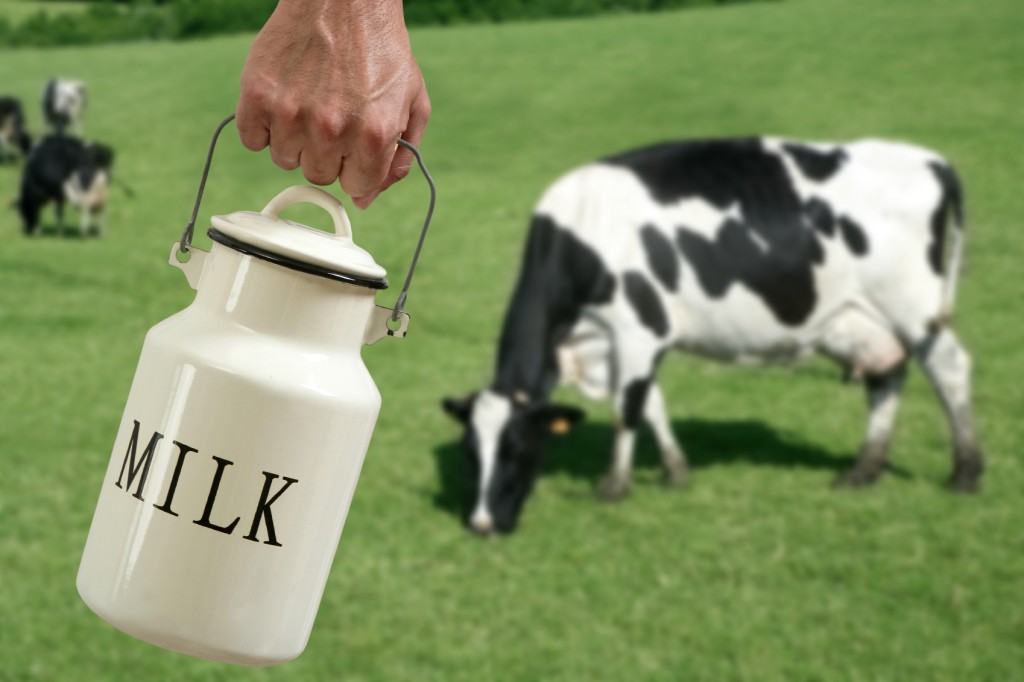

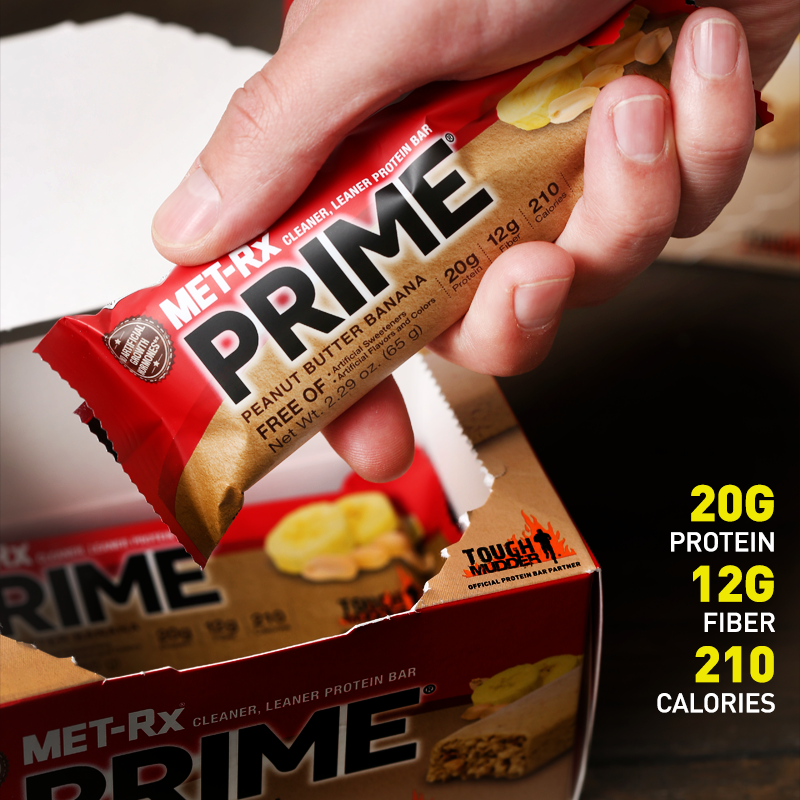
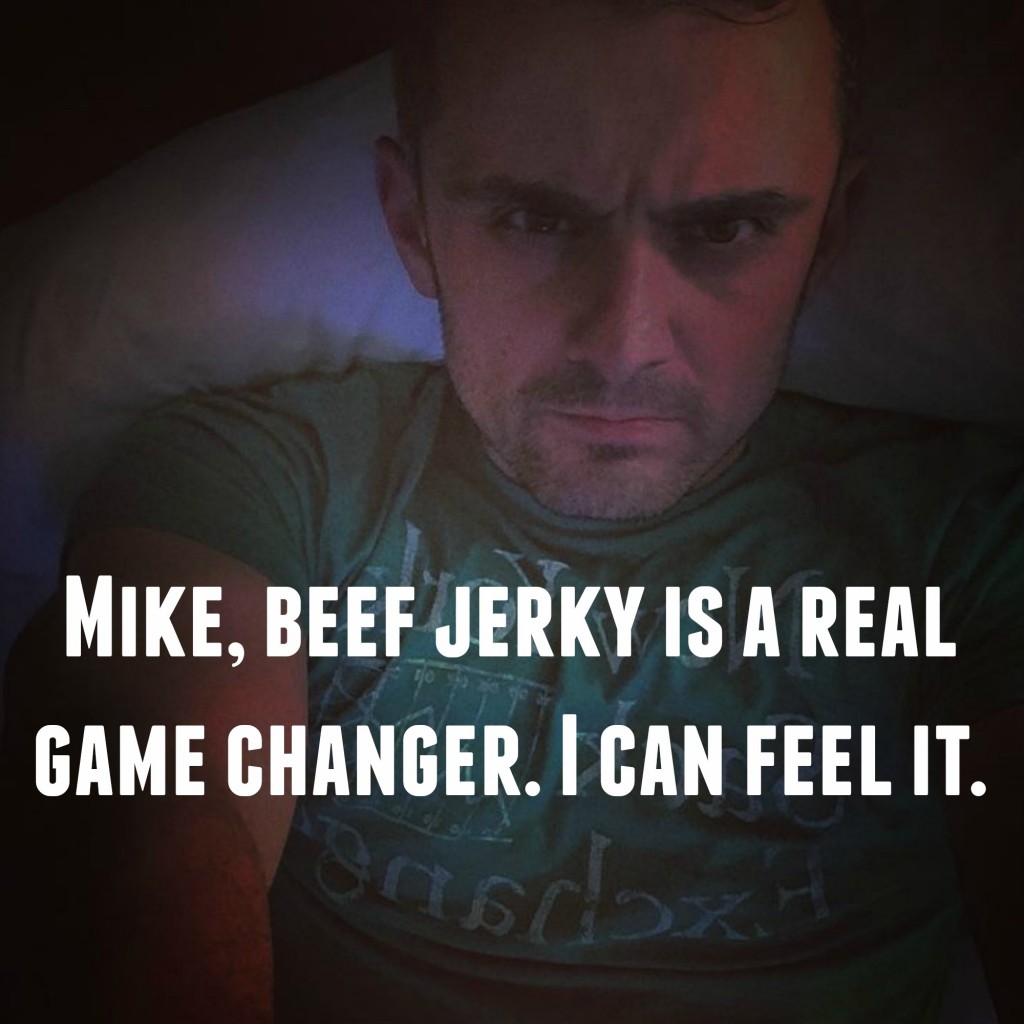

monica
This article is very helpful! Thank you for sharing it. Not only is it full of beneficial info, it's also well written. Your humor held my interest. Thanks!! ;)January 9, 2015 at 9:16 am |